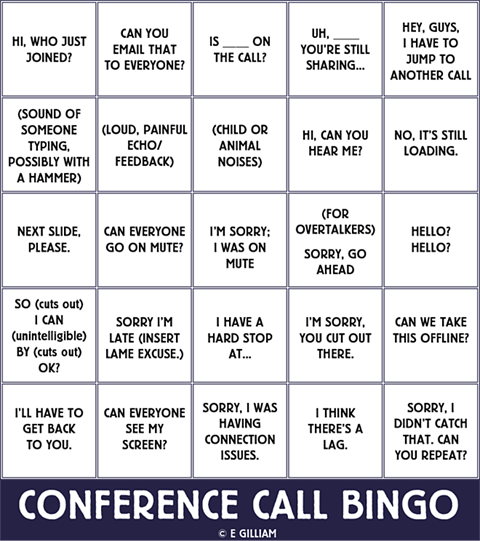This week, educators and EdTech providers across the country have been sent home to work—many for the first time. PRP has been a virtual company for the better part of a decade, so we know that working from home is not just doing the same tasks in a different building. Here are our team’s helpful hints for getting started and staying sane.
Chris Piehler: Create an ergonomic (and camera-ready) workspace: Plopping down on the sofa to answer a few emails might seem fun at first, but ergonomics will catch up with you in the end. To work at home for the long haul, you’ll need a desk or similar flat surface and a chair that allows you to have good posture. This diagram from the Mayo Clinic is a good reminder of how to position yourself.
You’ll want to pay attention not only to what’s in front of you, but what’s behind you. Replacing in-person meetings with video calls means that you and your immediate surroundings need to be camera-ready at all times, so stash the empty beer cans and make sure everyone can see your Complete Works of William Shakespeare. The audio background should be uncluttered, too. I once got on a call with a coworker who said, “Hold on. I need to turn down the TV.” Don’t be that person.
Check in (and out): When you work in an office, you know who is available because they’re at their desk. To create a virtual version of that and avoid a flurry of texts trying to figure out where the heck Samantha is, teams should set up a way to let each other know when you’re “in” and “out” of the office. We use statuses in Slack for this.
Benjamin Bachman: Dress for work: I’ve worked from home for 7 years. Here’s some free advice if you never have. Start the day with a shower and then dress like you normally would for work. I love pajama pants too, but they’re a breeding ground for depression. Flannel feels like failure by day 3.
I use Loom to help do screen captures of what I am trying to communicate to our team or clients. It gives me the ability to record my screen and my voice at the same time, all in a Chrome extension. I can fire it up quickly, communicate a point, and then easily share that captured video with a team member or client. Also, it shows me when the person I sent it to views it. The other cool part is that when you share the link it often just embeds the video right in a social feed or directly in an email. The CEO of Loom just announced that it is making Loom Pro free for teachers and students at K-12 schools, universities, or educational institutions, forever.
Leah Rodgers: Know how you focus. Are your tasks systematic, or do they require some creativity? Either way, you might find that you work better in complete silence, or that your mind drifts unless you have music or a podcast on in the background. With all the distractions that can come from a working from home environment, take a moment to recognize what your brain needs to stay focused.
Sarni Jaye: Set boundaries. With other family members potentially at home as well, we have all seen the hilarious way that lines can be crossed. (Check out this now-famous video of children interrupting a BBC News interview). So as best as possible, set up physical and/or verbal boundaries so that others respect your time and workspace to get things done.
Learn conference call etiquette. See the chart below. No explanation needed.

Vickie Hiebert: Remember that when you’re in an office, school or district, you have limited or no time on personal phone calls and texts. Virtual work should be treated the same.
Also, stand up once in a while. It’s important to stretch, take a quick walk to the kitchen to get a drink of water, and prepare for the next task for the day.
Kristen Plemon: My chiropractor/husband recommends that you get out of your chair every 20 minutes or so to stretch or do a light exercise to prevent shoulder, neck, and head issues. Even if you can't do 20 minutes, every little bit helps. Our bodies aren’t meant to sit for long periods of time, and it's easy to forget when you're at home working by yourself with no reason to get up to go to other people's offices. Schedule reminders on your calendar or phone.
In a virtual office, you also have to work harder to recreate the water cooler-type conversations you'd naturally have in a physical office—those moments that help build and maintain camaraderie. Make a conscious effort to greet team members in the morning, drop a chat message to a coworker to see they are doing, or share funny videos. We have a dedicated Slack channel called #smallwins, and also do Funday Friday, where we gather on Slack and tell stories or play Kahoot!
Finally, be mindful and considerate of other people's work and living situations during this crisis. While you may now be enjoying or adjusting to remote work, your coworkers or clients you're working with may not be able to—or they may also be caring for family members at the same time. Be kind and offer grace and understanding.
About the authors
Chris Piehler, Benjamin Bachman, Leah Rodgers, Sarni Jaye, Vickie Hiebert and Kristen Plemon are all members of the PR with Panache team.











